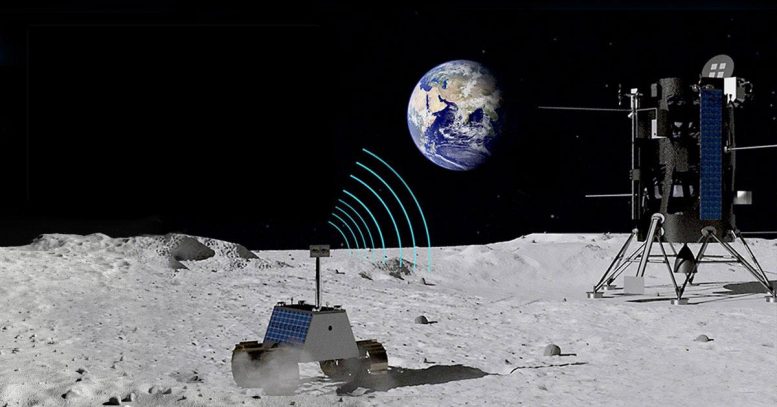
NASA has picked Nokia Bell Labs to establish a lunar communications network using 4G LTE technology. This could enable live video streaming, rover control, and lunar base management. Credit: Nokia
4G is coming to the Moon, to help support future international exploration efforts. To check the feasibility of this vision, the ESA-VSC High Power Radio Frequency Laboratory tested a prototype compact base station in simulated lunar conditions.
NASA has selected Nokia Bell Labs to develop a lunar communications network based on cellular 4G ‘Long Term Evolution’ (LTE) technology, potentially enabling live video streaming and remote control of rovers, lunar bases, and associated infrastructure.
Nokia Bell Labs has developed an ultra-compact, low-power, space-hardened LTE base station – intended as the basis of a network – which is planned for deployment on the Moon in late 2022, via a lander developed by US startup Intuitive Machines.
To test their prototype, Nokia Bell Labs turned to a specialist in high-power radio phenomena: the High Power Radio Frequency Laboratory, run jointly by ESA and the Valencia Space Consortium, a non-profit organization set up by Valencia’s two universities, its regional government, and municipality.
Lab manager David Raboso explains: “The particular concern was an effect called ‘multipactor,’ where strong radio frequency energy in vacuum can generate an avalanche of secondary electron emissions from the RF device itself, resulting in damage or even total breakdown of the system.
“We used radioactive strontium-90 sources and ultraviolet lamps to ‘seed’ low-energy electrons while testing operations of the base station across three different temperature ranges, covering the qualification level and operational requirements.
“The results showed the LTE base station design is indeed robust against the multipactor effect, giving strong confidence that it can operate on the Moon and in space, as designed.”
Originally set up to serve the first generation of ESA radar Earth observation missions, the ESA-VSC High Power Radio Frequency Laboratory has gone on to serve hundreds of ESA and commercial space missions, along with associated research and development.
An additional facility, the High-Power Space Materials Laboratory, has been set up by ESA and VSC to investigate the associated challenges for materials thrown up by high-power RF operations.

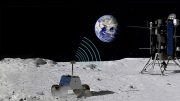


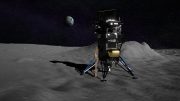
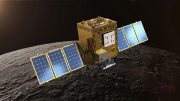
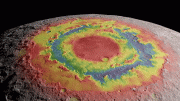
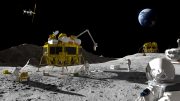
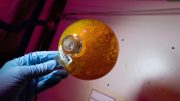
Be the first to comment on "Testing Lunar 4G Operations to Support Future Moon Exploration"